:watermark(/images/logo_url.png,-10,-10,0):format(jpeg)/images/anatomy_term/musculus-psoas-minor/9qj94GV4DT25cFiqr5xRZg_M._psoas_minor_01.png)
Hip and thigh muscles Anatomy and functions Kenhub
Psoas major is a long, thick, fusiform muscle located in the lumbar region of the trunk lateral to the lumbar vertebrae and medial to the quadratus lumborum muscle. It belongs to the inner muscles of the hip group. The name 'psoas' is of Greek origin meaning 'muscle of the loin'. Psoas major is often considered with the iliacus muscle.

Soothing your psoas muscle to Powell Wellness Center
Psoas major muscle The psoas major ( / ˈsoʊ.əs / or / ˈsoʊ.æs /; from Ancient Greek: ψόᾱ, romanized : psóā, lit. 'muscles of the loins') is a long fusiform muscle located in the lateral lumbar region between the vertebral column and the brim of the lesser pelvis. It joins the iliacus muscle to form the iliopsoas.
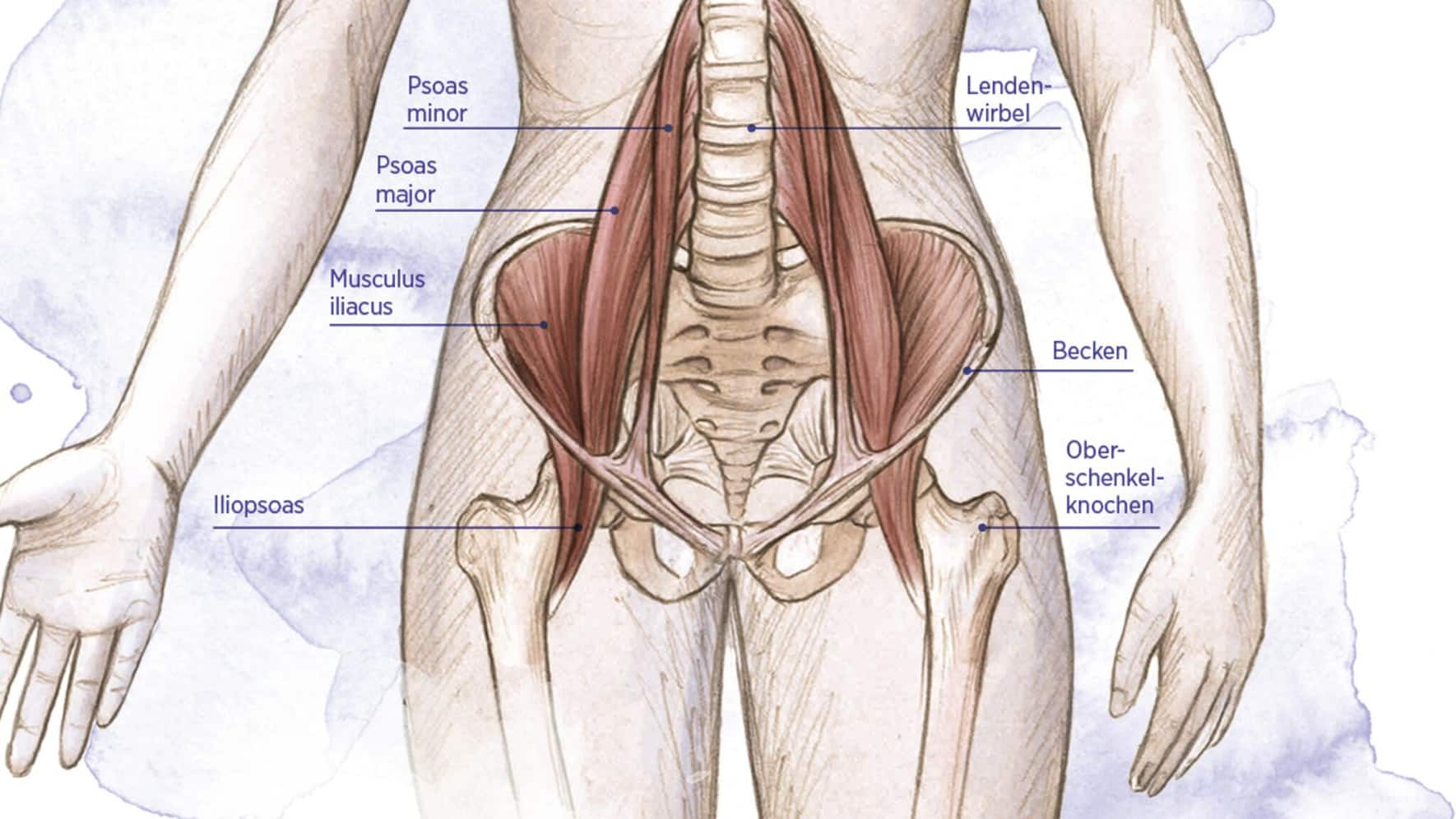
Psoas Lendenmuskel gezieltes Training hilft Beobachter
Quick Facts Origin: Transverse processes of L1-L5 vertebrae, vertebral bodies of T12-L5 vertebrae, and adjacent intervertebral discs. Insertion: Lesser trochanter of femur. Action: Flexes thigh at hip joint; flexes trunk. Innervation: Anterior rami of first, second, and third lumbar nerves.
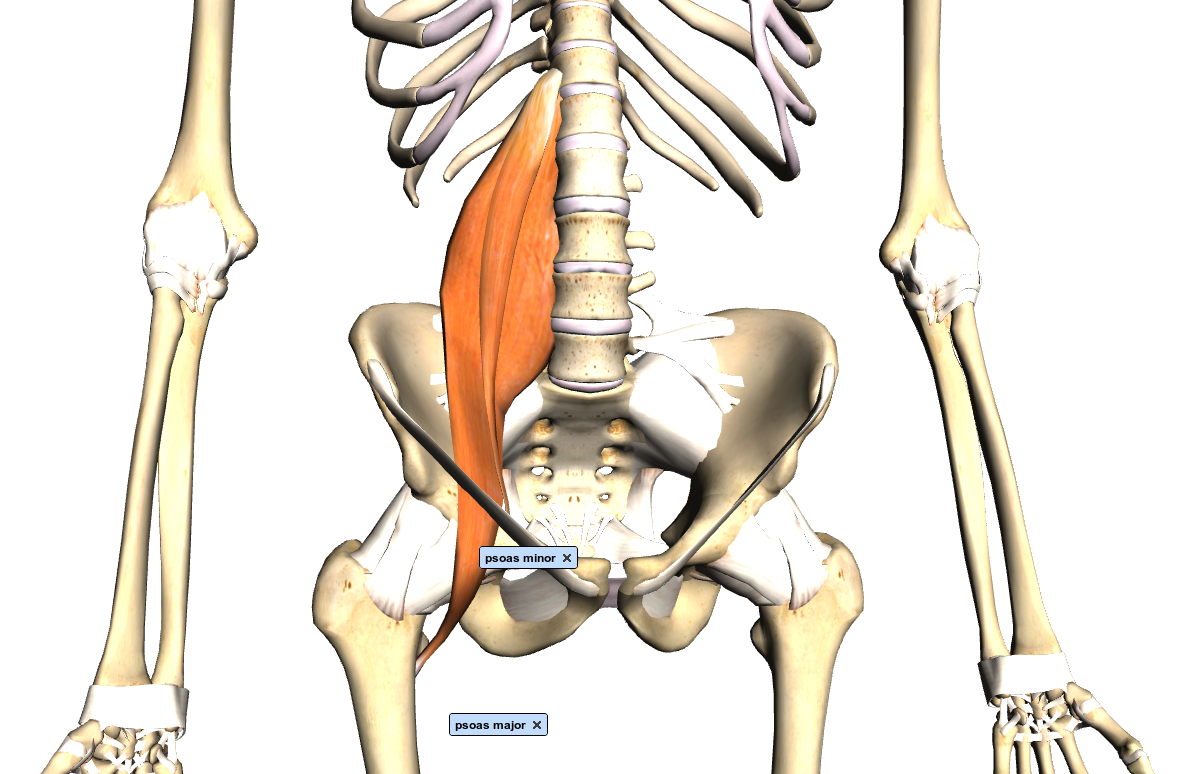
50 is the new 30 Meet your Muscles The Psoas
The condition occurs when the psoas muscle—the long muscle (up to 16 inches) in your back—is injured. The psoas muscle is located in the lower lumbar region of the spine and extends through the pelvis to the femur. This muscle works by flexing the hip joint and lifting the upper leg towards the body.

Your Psoas Muscle Is Key to Good Alignment and Fighting Back Pain
It is a type of muscle known as a fusiform muscle, which describes muscle narrow toward the ends and wider in the middle. Some people may experience pain in the psoas muscle for a variety of reasons, including: Various forms of arthritis Injuries Overuse of the muscle Post-operative pain
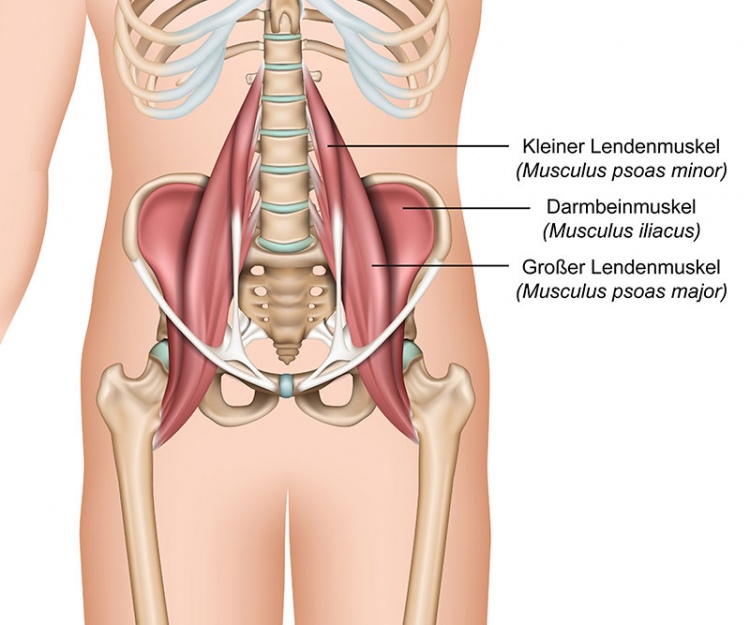
Musculus psoas major Aufbau, Funktion & Krankheiten MedLexi.de
The psoas major is a large muscle that attaches at the bottom of the thoracic spine (T12) and along the lumbar spine (through L4), then runs through the pelvic bowl, down over the front of the hip joint, and attaches at the top of the femur ( thigh bone ). It is the only muscle connecting the spine to the leg.

Fisioterapia Cranium La importancia del psoas y cómo prevenir molestias en este músculo
The psoas major (Latin: musculus psoas major) is a long and large muscle of the pelvis that is located lateral to the lumbar spine. It stretches between the thoracic and lumbar vertebrae and femur. Together with the iliacus muscle, psoas major forms the iliopsoas muscle. It belongs to the anterior compartment of the pelvic muscles and is one of.

Psoas major muscle Wikipedia
The psoas major is a muscle of the posterior abdominal wall. It is a long, thick muscle located immediately lateral to the lumbar vertebrae. It combines with the iliacus muscle to form the iliopsoas - the major flexor of the thigh at the hip joint. Attachments: Originates from the transverse processes and vertebral bodies of T12 - L5.

Psoas What is the psoas muscle?
Description: The Psoas major ( Psoas magnus) is a long fusiform muscle placed on the side of the lumbar region of the vertebral column and brim of the lesser pelvis. It arises : from the anterior surfaces of the bases and lower borders of the transverse processes of all the lumbar vertebrae

Understanding the Psoas Muscle of the Soul
The psoas major is a multijoint muscle that spans from the thoracolumbar spine to the femur. Its proximal attachments are the anterolateral bodies of T12-L5 and the discs between, and the anterior surfaces of the transverse processes of L1-L5; its distal attachment is the lesser trochanter of the femur (Figure 1) (15)..

The Mysterious Psoas Muscle! — Pilates Garage
Corporis 2 years ago This video covers the most important anatomy facts about the psoas major muscle: origin, insertion, innervation and function. Take a closer look at this musc.

Gluteal and Psoas Relationship for Yogis Yoganatomy
Introduction. Some researchers and anatomists still refer to the hip flexor muscle complex as one unit or as the iliopsoas. 1, 2 The psoas muscle differs from the iliacus in that it has a different architecture, innervation and more importantly, a different function. The psoas muscle is comprised of both the psoas major and minor, but as the psoas minor is often absent in individuals, 3 this.

Muscle Breakdown Psoas Minor
Iliacus muscle (Musculus iliacus) Iliacus is a triangular muscle of the iliac region which together with the psoas major, comprises the iliopsoas muscle.The iliacus muscle belongs the group of the inner hip muscles, together with the psoas major, psoas minor, obturator externus, obturator internus, superior gemellus, inferior gemellus, piriformis, and quadratus femoris muscles.
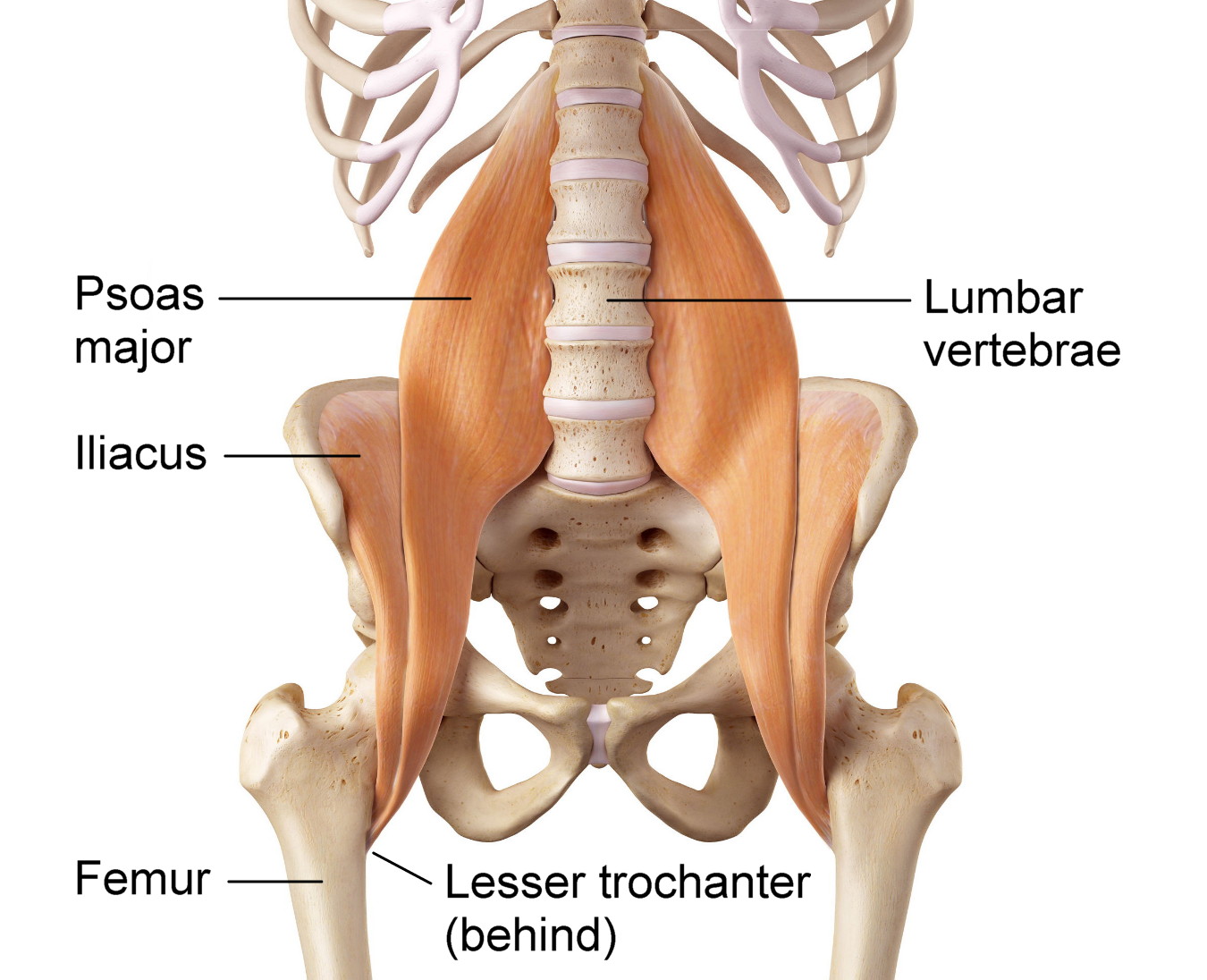
Why you can't release your tight psoas muscle with stretching
The psoas major muscle lies in the gutter between the bodies and transverse processes of the lumbar vertebrae. Its vertebral attachment is to T12-L4 intervertebral discs, the adjacent vertebral bodies and to fibrous arches that span the concavities of the sides of the upper four vertebral bodies (superficial part). Thus there is one continuous.
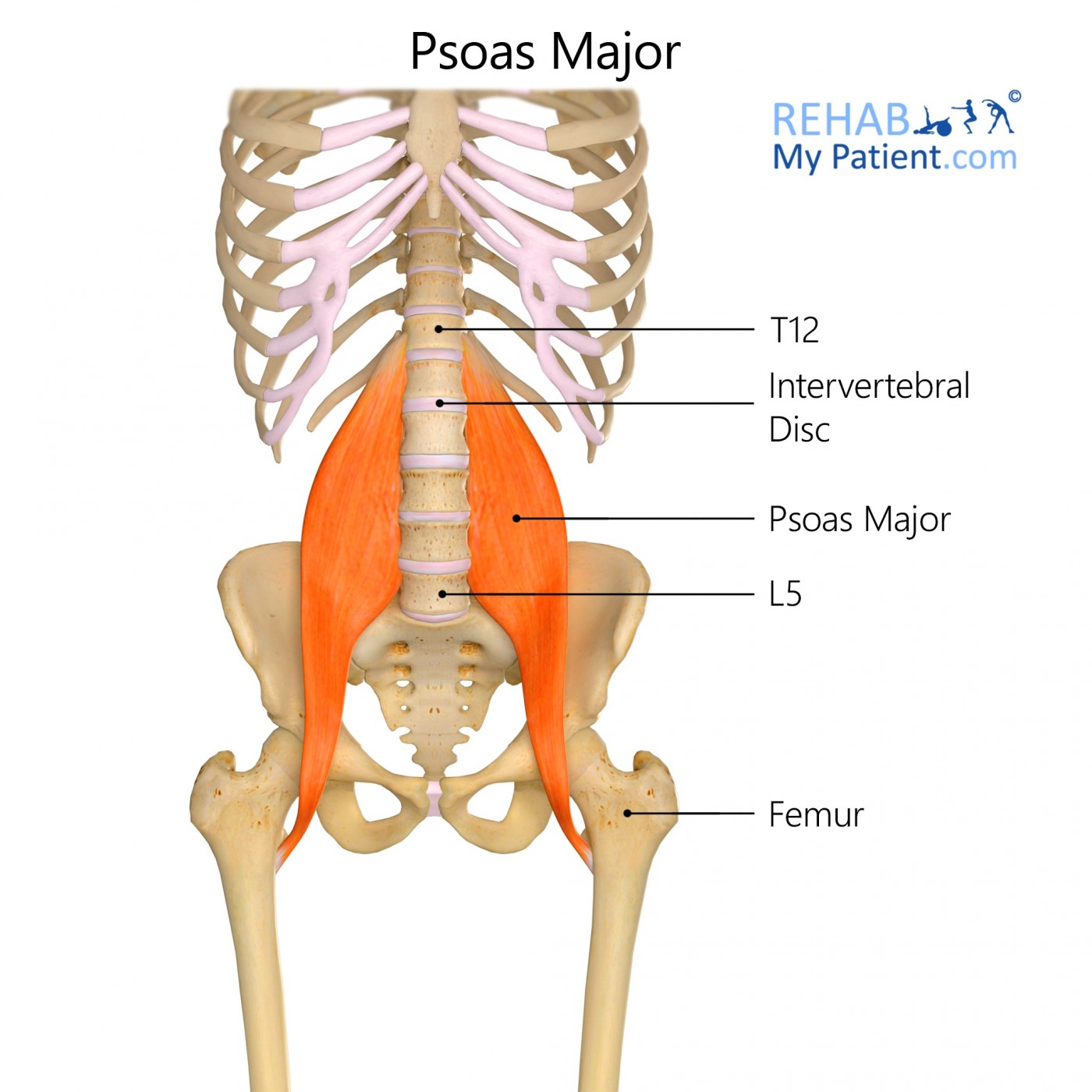
Psoas Major Rehab My Patient
Art work by Giovanni Rimasti. The psoas major (see accompanying figure) is first and foremost, a muscle of the hip joint (5, 9, 12); therefore to determine its actions, we need to compare its line of pull at the hip joint in each of the three cardinal planes. Standard actions at the hip joint are considered to involve movement of the distal.
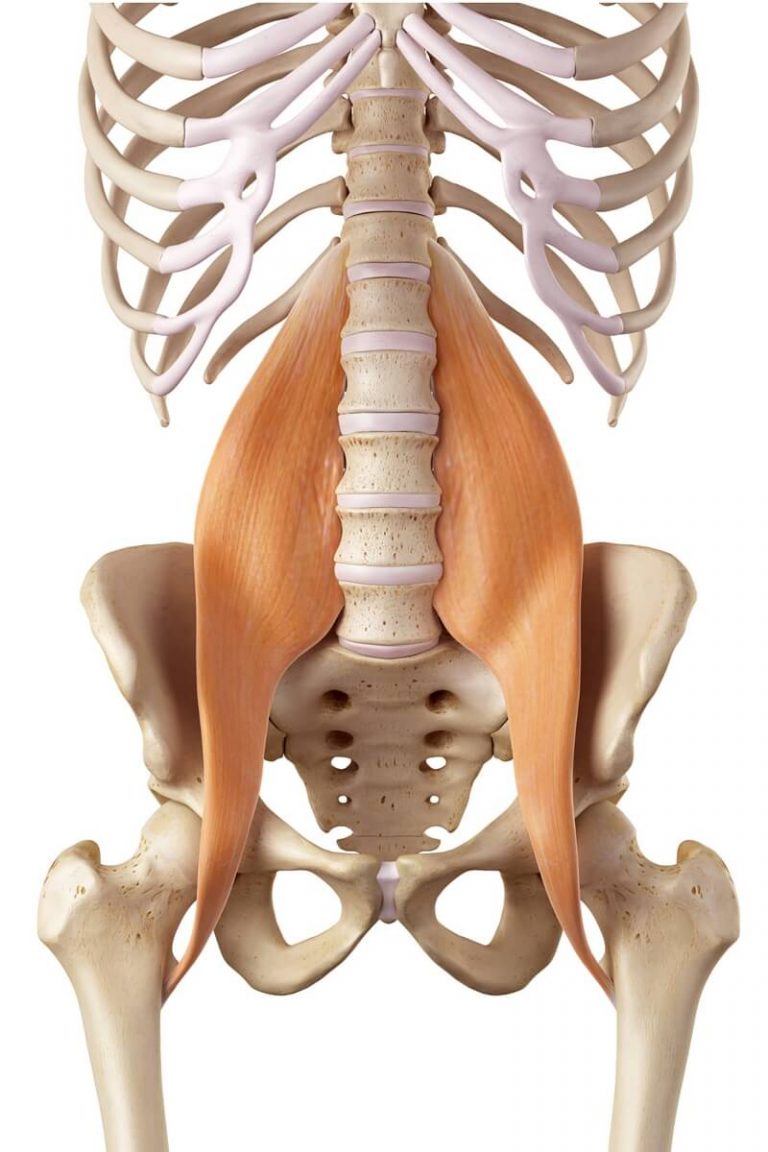
Musculus psoas major sportbachelor
The psoas major is the only hip flexor that also crosses spinal joints. The line of pull of the psoas major on the spine crosses very close to the axis of movement in the sagittal plane, so the psoas major causes a great deal of compression upon the spine. Compression is good in that it adds to spinal stability, but bad in that it compresses.